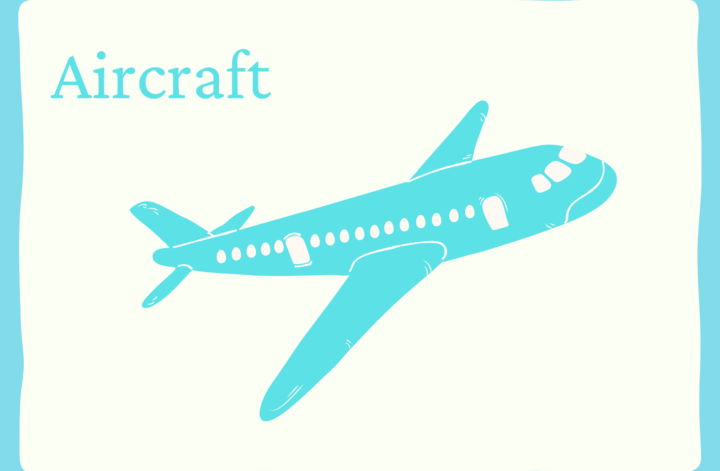There are four forces that act on aircraft: lift, weight, thrust, and drag.
・Lift: a force generated by wings that holds an airplane in the air
・Weight: a force caused by gravity that pulls an airplane down
・Thrust: a force generated by propellers or jet engines that moves an airplane forward
・Drag: a force caused by air friction holding an airplane back.
Lift opposes weight and thrust opposes drag. If lift is greater than weight, the airplane moves upwards. If thrust is greater than drag, the airplane moves forwards. Lift depends on thrust. Therefore, without thrust, the airplane cannot maintain lift.
揚力、重力、推力、抗力の4つの力が飛行機に作用します。
・揚力:主翼によって生み出される、飛行機を空中に浮かび上がらせる力
・重力:重力による、飛行機を引き下ろす力
・推力:プロペラやジェットエンジンによって生み出される、飛行機を前進させる力
・抗力:空気抵抗によって生じる、飛行機を引き戻す力
揚力は重力に対抗し、推力は抗力に対抗します。揚力の方が重力より大きい場合、飛行機は上昇します。推力が抗力より大きい場合、飛行機は前進します。揚力は推力に依存しています。そのため、推力がなければ、飛行機は揚力を維持することができません。
